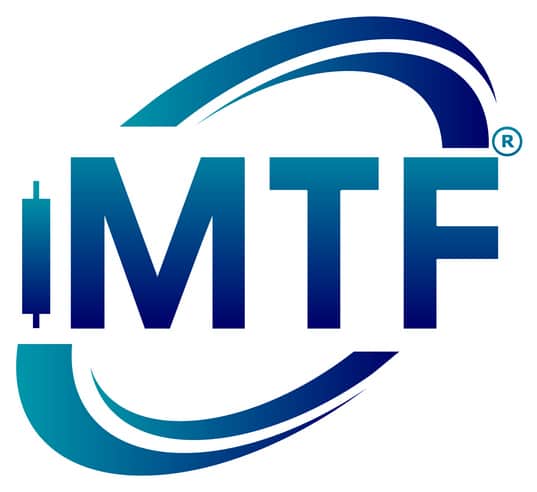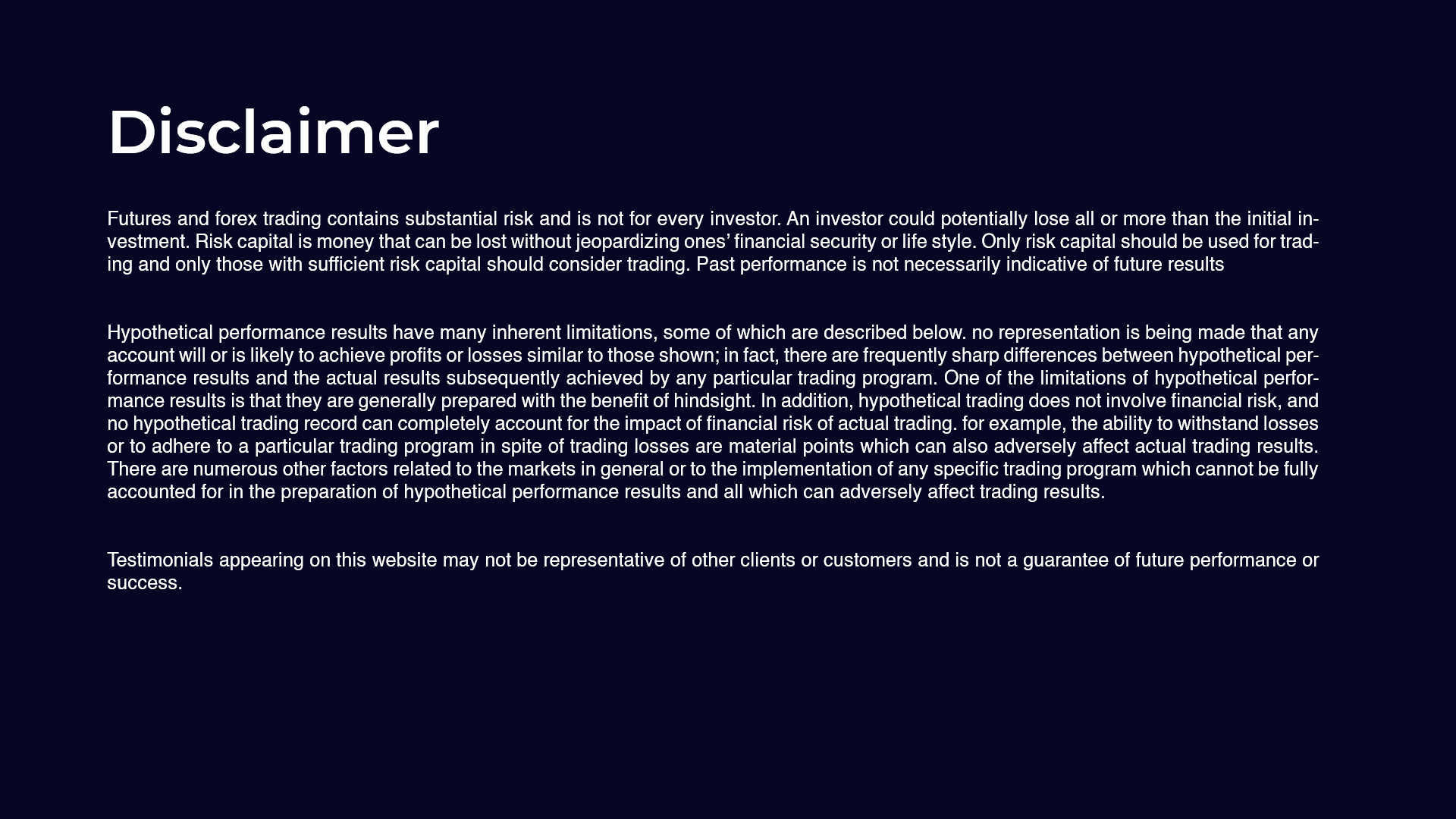Time for $Options. How long should we keep our options open? Time is one of the important factors in options pricing. In the Options world we can “buy more time.” If only we could do that in the real world. However, buying more time will costs you. A trader can often pick a direction, and be correct, yet still lose money if time goes against them. In this two part article we will look at theoretical pricing models around time in Options and how to navigate them for optimal profitability.
As time passes the value of options decay away to either the extrinsic value if the Option is In The Money (ITM) or zero if the Option is Out of The Money ($OTM). The “uncertainty” of whether or not an Option will be $ITM or OTM at expiration is what creates the premium of an Option price. I can bet that a stock trading at $50 today will continue trading at $50 tomorrow with far more confidence than where it will be in 6 months. As time passes there are fewer days of potential movement within the underlying so that uncertainty gradually wanes. It may be worth $1.00 to bet that a stock will rise 5% in a month but it will a far cheaper bet that it will rise 5% in a week.
The first thing we want to look at is the basics of time decay and how it relates to risk and reward in any given Option. Time decay is represented by the greek Theta. Theta decay and time decay mean the same thing. Each theta represents the nominal reduction in value of purchased option per day. If an Option’s current theta is $0.02 it means that each day, all else being the same, the option value will decrease by $2. Option buyers can think of theta as the daily rent to hold their trade open. Several factors such as volatility and closeness to In The Money will also affect the theta value. Theta values will also increase over time as the expiration date gets closer.
Let’s look at a practical example for when we want to evaluate our relative risk versus reward given a chosen Option contract. We want to buy a cheap option for a bullish directional bet so we buy an OTM Call option trading at $1.00. The option has 3 months until expiration. This makes the theta $0.02.
The Option’s delta, how much it will change with each $1 move of the underlying, is $0.30. What this will mean in practice is that after 30 days x $0.02 theta the Option will be worth $60 less if the underlying remains unchanged. Since the delta is $0.30 that means the underlying must have gone up at least $2 after those 30 days for the option to remain the same value.
A trader must be aware that *more* than $2 of bullish movement in the underlying within the time span of 30 days is required to make any profit on this trade. Given the example above we would need the stock price to move either quickly, significantly, or ideally both to achieve a good reward to risk ratio. Our target may or may not be reasonable given the analysis of the underlying. However, we can tweak our risk and reward with some additional understanding about theta.

The chart above represents the theoretical decay curve of the three states of an Option. There are several things to be learned from this to put into practice. All time decay will accelerate as the Option moves closer to Expiration. Long dated expirations at six months out may have a theta close to $0.01 for much of their life but this will begin to increase in earnest at around three months from Expiration. In all cases the most theta value lost is in the last 30 days. Specifically with OTM Options though theta accelerates faster in the last 60 days than an ITM Option. What does this mean?
If we initially purchased an OTM option to keep our risk down then we are shooting for that Option over the life of the trade to go ITM. If it does this we have the best chance of making money. Once the stock price has taken our Option ITM we have are able to hold that Option with less theta decay eating away at our profits. Conversely, if we our option is within two months from expiration and it has not yet reached ITM status, we now have time working against us and should probably take the value remaining in the Option.
In the next installment I will talk about Options strategies that can be used to negate or take advantage of theta decay. Some of these include Vertical Spreads, Calendar Spreads, and Diagonal Spreads. Each has their situational use and can protect trades from running out of the ever precious resource of time!
If you would like to learn how to trade like an institutional trader or learn more about our multi-timeframe email alerts, go to www.ichimokutrade.com or email us at info@eiicapital.com
For educational purposes only. Commodity Futures Trading Commission, Forex, Futures, Equity and Options Trading has large potential rewards, but also has large potential risk and may not be suitable for everyone. View our full risk disclosure: https://www.ichimokutrade.com/c/disclaimer/

